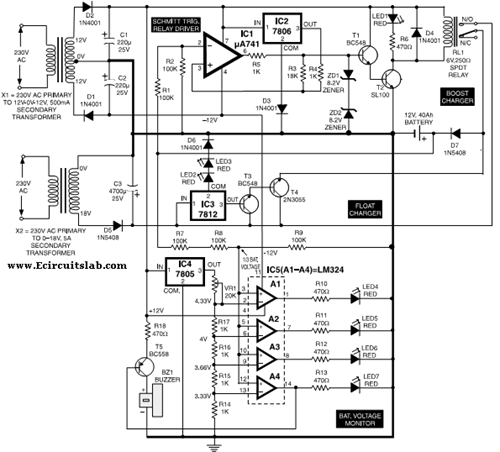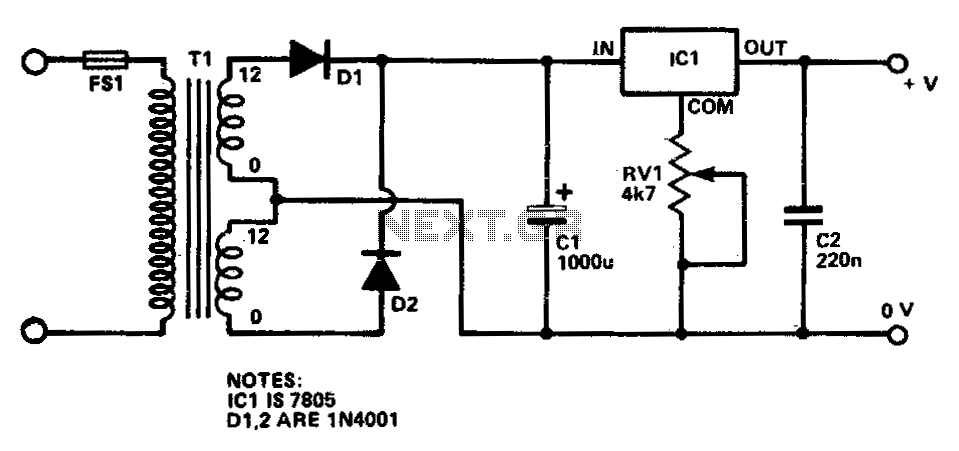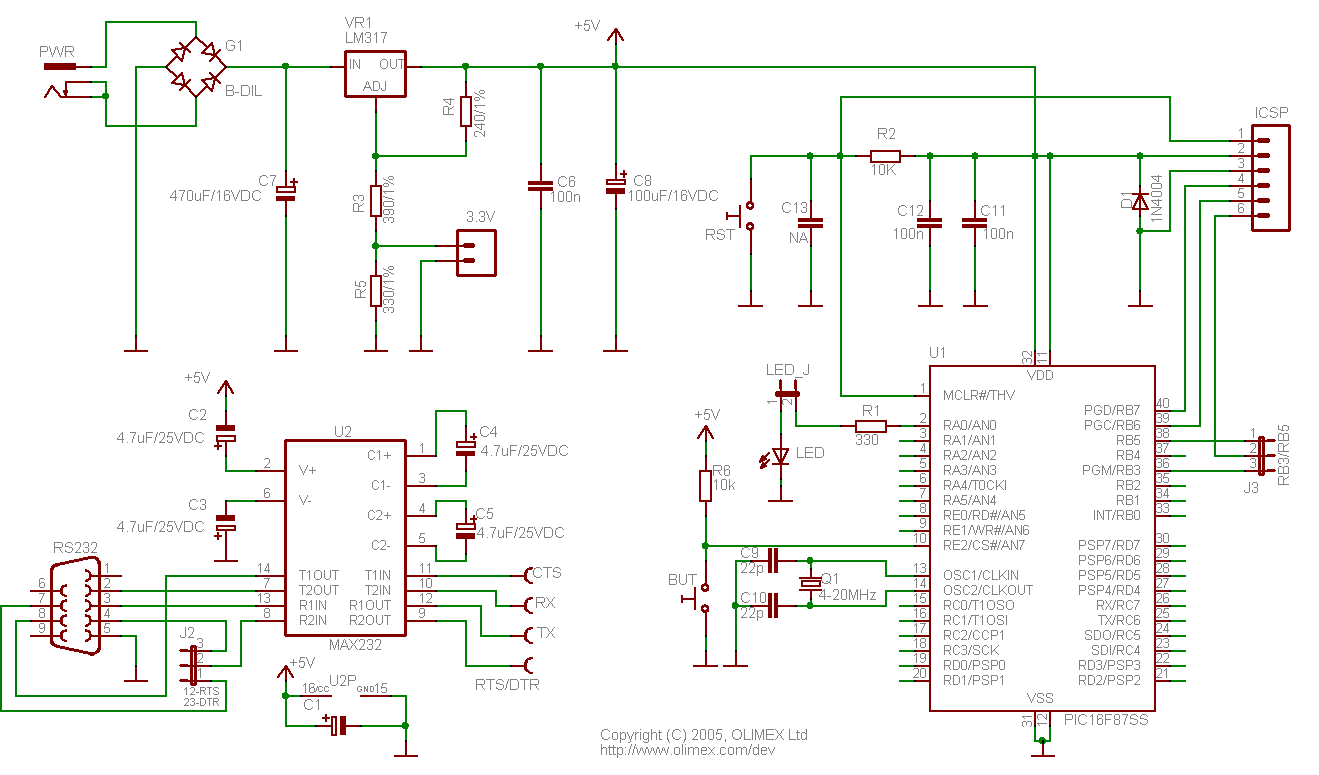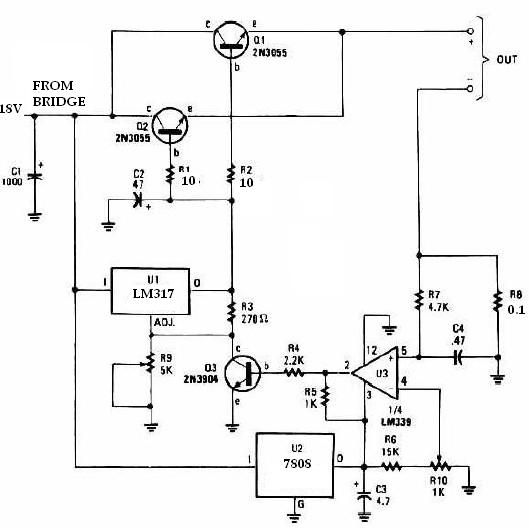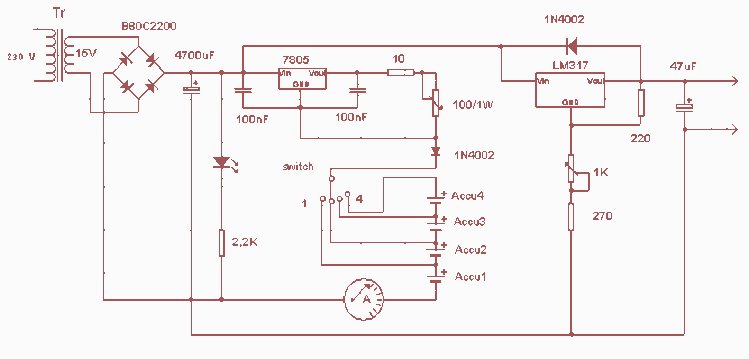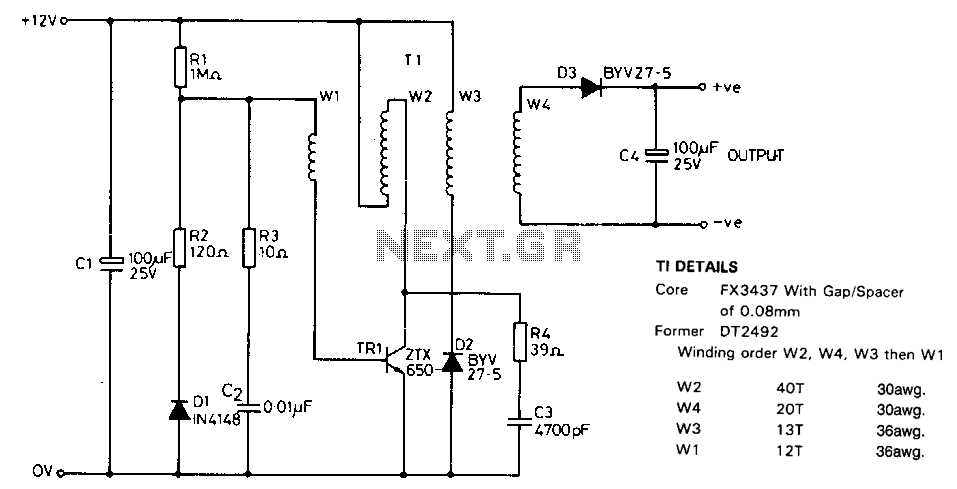
Battery Charging On Board Ship

Batteries serve as one of the energy sources available on vessels, utilized during blackouts and emergency situations aboard a ship. These batteries are employed for low-voltage DC systems, such as bridge navigational instruments, and must be kept charged to provide temporary power when needed.
Batteries on vessels are critical components for ensuring operational safety and navigational reliability. Typically, these batteries are lead-acid or lithium-ion types, selected based on their discharge characteristics, charging efficiency, and longevity. The battery system is integrated into the ship's electrical architecture, often comprising a dedicated charging circuit that connects to the main power supply or an auxiliary generator.
The charging circuit typically includes a battery management system (BMS) that monitors the state of charge (SOC) and state of health (SOH) of the batteries. This system ensures that the batteries are maintained within optimal voltage and temperature ranges, preventing overcharging and extending battery lifespan. The BMS may also include features such as cell balancing to ensure uniform charge distribution across all cells, enhancing overall performance.
In addition to the charging circuit, a low-voltage DC distribution panel is included to manage the power supply to various navigational instruments and emergency lighting systems. This panel is equipped with fuses or circuit breakers to protect against overcurrent situations and ensure safe operation of the connected devices.
Regular maintenance and testing of the battery system are essential to ensure reliability. This includes periodic checks of voltage levels, terminal connections, and electrolyte levels (in the case of lead-acid batteries). Furthermore, it is advisable to conduct load testing to assess the battery's ability to deliver the required power during an emergency.
In summary, the battery system on board vessels is a vital component for emergency preparedness, requiring careful design, monitoring, and maintenance to ensure functionality when needed.Batteries are one of the energy sources available onboard vessels which are used in case of blackout and emergency situations on board a ship. These batteries are used for low voltage dc system like bridge navigational instruments and thus need to be kept charged to be used in case of any need of temporary power..
🔗 External reference
Batteries on vessels are critical components for ensuring operational safety and navigational reliability. Typically, these batteries are lead-acid or lithium-ion types, selected based on their discharge characteristics, charging efficiency, and longevity. The battery system is integrated into the ship's electrical architecture, often comprising a dedicated charging circuit that connects to the main power supply or an auxiliary generator.
The charging circuit typically includes a battery management system (BMS) that monitors the state of charge (SOC) and state of health (SOH) of the batteries. This system ensures that the batteries are maintained within optimal voltage and temperature ranges, preventing overcharging and extending battery lifespan. The BMS may also include features such as cell balancing to ensure uniform charge distribution across all cells, enhancing overall performance.
In addition to the charging circuit, a low-voltage DC distribution panel is included to manage the power supply to various navigational instruments and emergency lighting systems. This panel is equipped with fuses or circuit breakers to protect against overcurrent situations and ensure safe operation of the connected devices.
Regular maintenance and testing of the battery system are essential to ensure reliability. This includes periodic checks of voltage levels, terminal connections, and electrolyte levels (in the case of lead-acid batteries). Furthermore, it is advisable to conduct load testing to assess the battery's ability to deliver the required power during an emergency.
In summary, the battery system on board vessels is a vital component for emergency preparedness, requiring careful design, monitoring, and maintenance to ensure functionality when needed.Batteries are one of the energy sources available onboard vessels which are used in case of blackout and emergency situations on board a ship. These batteries are used for low voltage dc system like bridge navigational instruments and thus need to be kept charged to be used in case of any need of temporary power..
🔗 External reference
